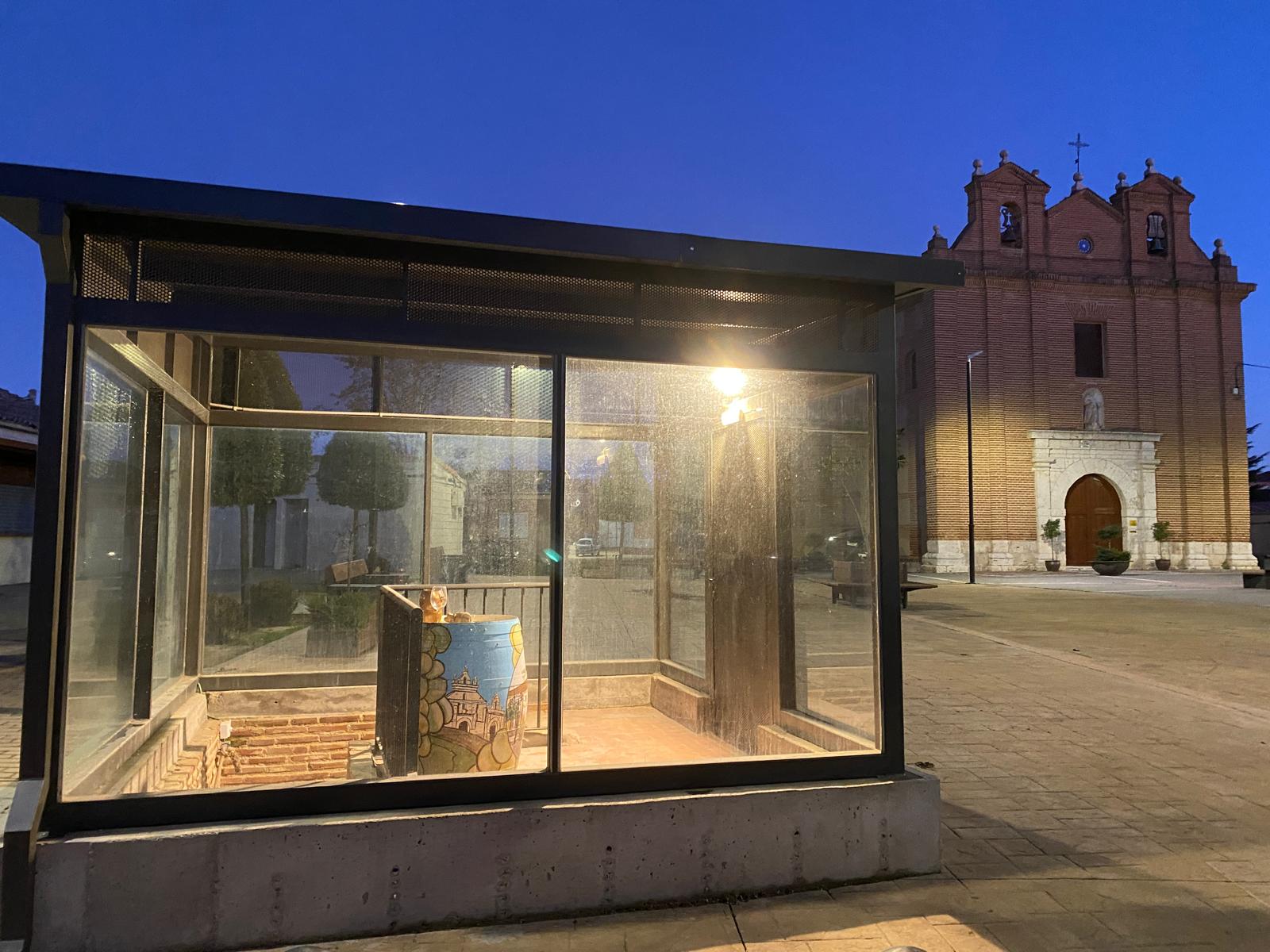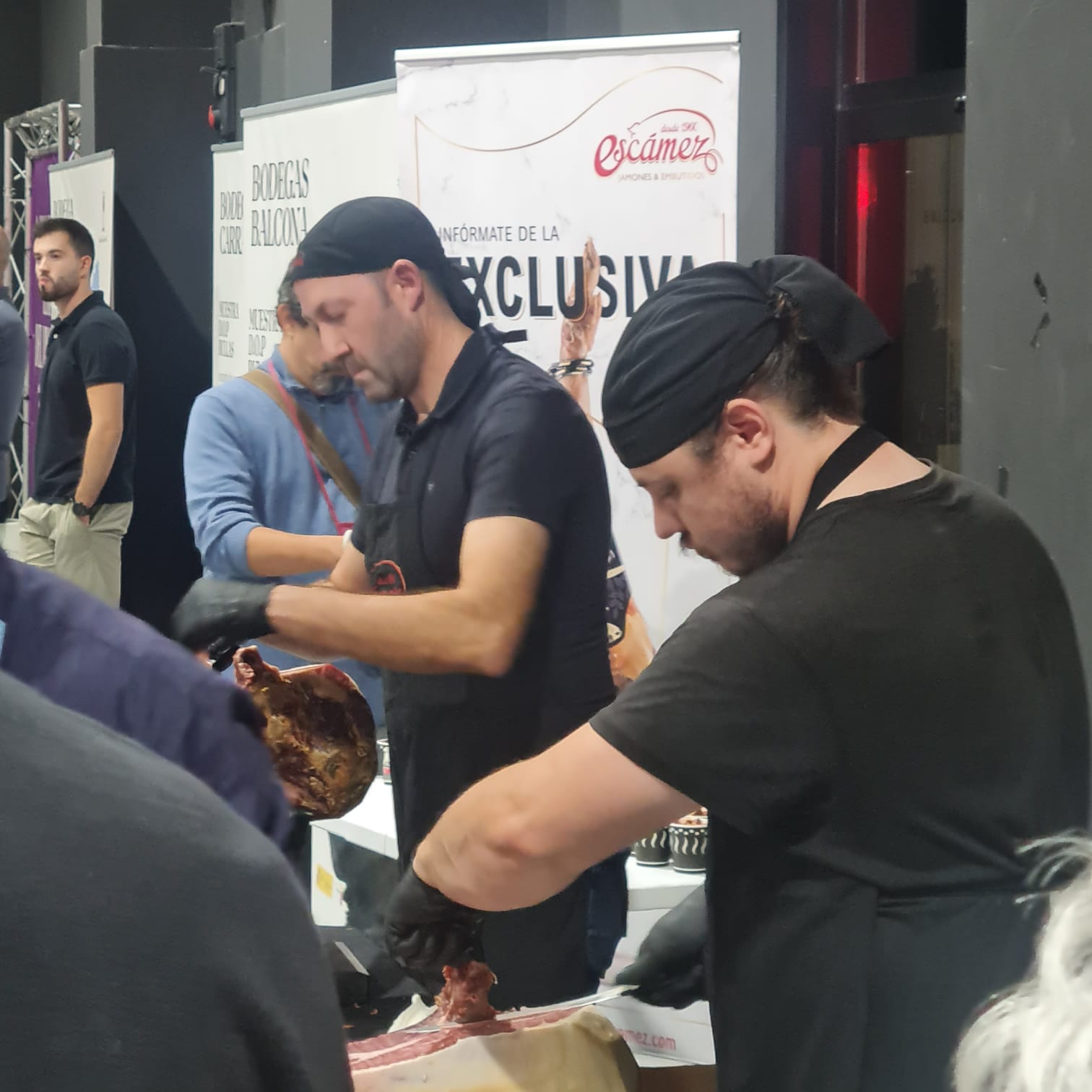This winery offers visitors a unique historical account of the peak period in grape cultivation, the era of the renowned white and golden wines from La Seca. Located beneath the dance floor 'Buenos Aires,' it represents the model of an 18th-century underground historical factory known as Bodega Vivienda or Domestic Winery. In 2022, the City Council, along with the heritage community and academic research, restored the winery as a visitable space.
La Seca, a municipality primarily dedicated to winemaking, hosts the largest vineyard area in Castilla y León, with twenty-five producing wineries located within its municipal boundaries. It is riddled with multiple underground galleries—industrial underground spaces that for centuries produced and stored renowned golden wines, which today are part of the material heritage of La Seca.
The 18th-century Municipal Underground Winery offers visitors a unique historical narrative from the peak of vine cultivation. During the renovation works of the legendary dance square of La Seca in 2019, La Pista, access to a gallery formed by two perfectly preserved vaults was discovered. Immediately, historical cataloging and recovery tasks for this new municipal heritage resource began. This community project involved local residents contributing their testimonies and visiting their family-oriented underground spaces.
The 18th-century Municipal Underground Winery is located on Calle Iglesia, flanked by the Venerable Third Order of Franciscans (1725—currently desacralized) and the current temple of the Assumption of Our Lady (1548, Rodrigo Gil de Hontañón). It represents the typical model of underground heritage found beneath La Seca, preserving a series of original architectural elements that reveal how wine was made in that historical context. It consists of two vaults measuring 12 and 15 meters respectively, with vents or “zarceras”, and also features “poínos” that supported barrels and a “bocoy” (small barrels). Ancestral deposits, now gone, were fed by grape must from a nearby stone press through a 10-meter-long conduit the wort Conduit.
The production and storage capacity exceeded 44,000 liters, along with thousands more from the other wineries in La Seca, totaling 264 in 1752 (Catastro Marqués de la Ensenada), demonstrating that La Seca was the largest pantry of white and golden wines in the region during the 18th century. Through visits organized by the Tourism Office, visitors can not only discover the construction details of this winery and various curiosities but also learn how the land distribution has changed on its upper floor, inviting a connection with the origin and winemaking history of La Seca, the cradle of Verdejo.
Free activity (except for themed visits subject to other schedules), prior reservation is required via email or phone: turismo@ayuntamientolaseca.com and/or (+34) 686 657035. Guided tours on Mondays, Wednesdays, Fridays, and Saturdays at 10:30 AM and 12:00 PM. Comfortable footwear and a jacket are recommended. Visitors can always complement their visit with other municipal tourist and cultural resources, wine tourism wineries, and local dining. This tourist map shows the other wine tourism and cultural possibilities in the municipality. Download the tourist map of La Seca 'here'

desc opinión ing


Take a look at the following experiences

The wine theme night is the inaugural event of the Bullas wine festivals.
A food and wine exhibition that combines art and culture: music, exhibitions, recitals, conferences in an event that brings together hundreds of wine lovers.
In the heart of the Guadalest Valley, where tradition and nature meet, a winery that already has history is born. His legacy has endured through the centuries, with references to vine cultivation in the Mas de Ondara, the farmhouse that houses the winery, already in the Llibre del Repartiment of Jaume I, from 1237. .